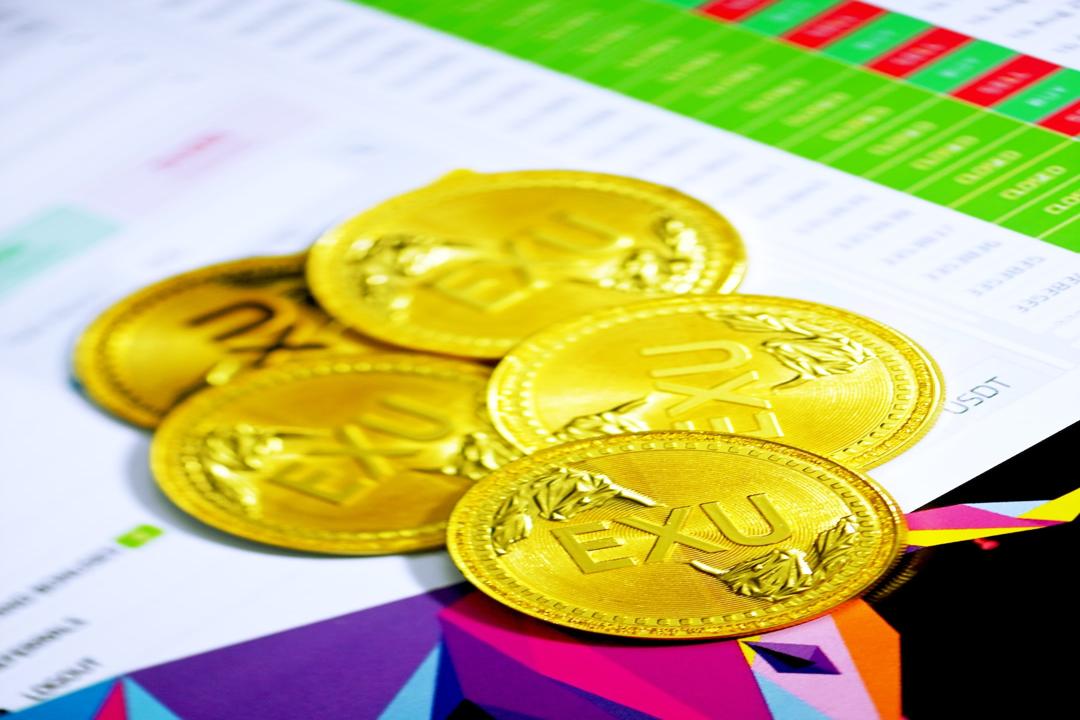NFT Market Losing Appeal
In 2024, the biggest good news in the cryptocurrency market is the approval of a Bitcoin spot ETF, and there may also be good news for an Ethereum ETF. This has led to increased optimism among investors, with expectations that both Bitcoin and Ethereum could reach new highs this year.
However, a recent report by Bloomberg indicates that while the prices of cryptocurrencies are soaring, the NFT sector in the crypto token market is struggling. The floor prices of many popular NFT projects have dropped by 40% to 50%. For example, according to NFT Price Floor data, the floor price of the Ethereum NFT series CryptoPunks reached its lowest point of 41 ETH in the market last year, but this year it has dropped to around 22.99 ETH.
Last year’s market conditions were already considered quite dire by many, with some even believing that it had reached a “crypto winter” stage.
However, some NFT collectors interviewed by Bloomberg have stated that there is still ongoing buying and selling in the pure art market of NFTs, and prices remain stable. This shows that there is still enthusiasm for artworks with artistic value.
But what exactly are pure art NFTs? How do they differ from the previously popular profile picture (PFP) NFTs? And does the art NFT market really live up to investors’ expectations?
Read more:
An NFT that turns 1,700 people into “cloud villagers”, with the goal of revitalizing aging rural areas in Japan?
What are pure art NFTs?
Taiwanese art NFT collector and co-founder of VolumeDAO, Zhang Baocheng, explains that the biggest difference between art NFTs and profile picture NFTs lies in their “purpose” and “expression”.
Projects like Bored Ape Yacht Club and CryptoPunks have distinct illustration or pixel art styles, and these types of NFTs are often a form of “community-oriented” expression. In other words, the owners can use them as social media avatars to prove their membership in a specific community.
On the other hand, pure art NFTs focus more on the content the artist wants to express. These artworks may be more abstract and focus on details such as texture, color temperature, and repetition, similar to how a song emphasizes the music more than the lyrics. Collectors of art NFTs are interested in the artistic value and meaning behind the artworks, similar to traditional art collectors.
However, Zhang Baocheng emphasizes that “both types of NFTs are artistic styles, just with different purposes in creation and collection.”

objkt.com is one of the main art NFT marketplaces on the Tezos blockchain.
Who are the collectors of pure art NFTs?
There are two main types of buyers who purchase pure art NFTs. The first type is collectors who are already familiar with traditional art and are curious about NFTs while collecting traditional artworks. The second type is buyers who are interested in exploring new things and may not have much knowledge about traditional art but are fascinated by NFTs as a new creative medium.
Zhang Baocheng has previously expressed his hope to introduce the traditional art community to blockchain and NFTs through VolumeDAO and to let Web3 enthusiasts explore a different kind of blockchain art.
Decreasing trading volume but abundant creative energy
As an experienced collector of pure art NFTs, Zhang Baocheng points out that the trading volume in the art NFT market has been declining, similar to the overall market conditions. However, there are still plenty of outstanding artworks being released, showcasing abundant creative energy.
NFTs, as a medium for art, hold significant importance for digital native artists regardless of the external perception or price. Digital native art refers to artworks whose materials and visual elements are entirely derived from the digital world. For example, they are generated through coding and present unique geometric shapes, color blocks, and lines in “generative art.”

Generative art piece “365” created by artist Yazid Azahari.
NFTs provide a suitable digital presentation method for these artworks, giving digital art independence and autonomy, freeing it from reliance on physical carriers.
“In the past, digital art often required physical screens or USB storage devices for display or collection. NFTs allow these artworks to be traded directly on the blockchain and stored in digital wallets, serving as the true frames for digital art,” explains Zhang Baocheng.
Watch the full interview
Block to Web3: Decode news and discuss Web3 business transformation in an easy and relaxed manner. New episodes every Wednesday!

